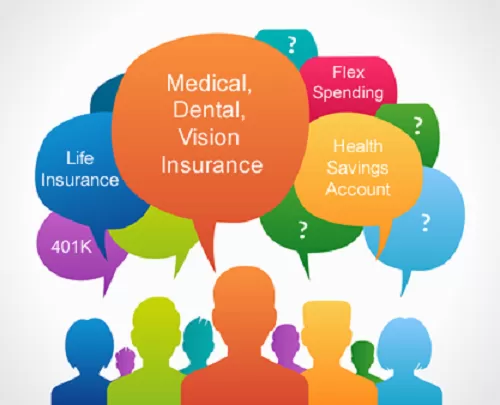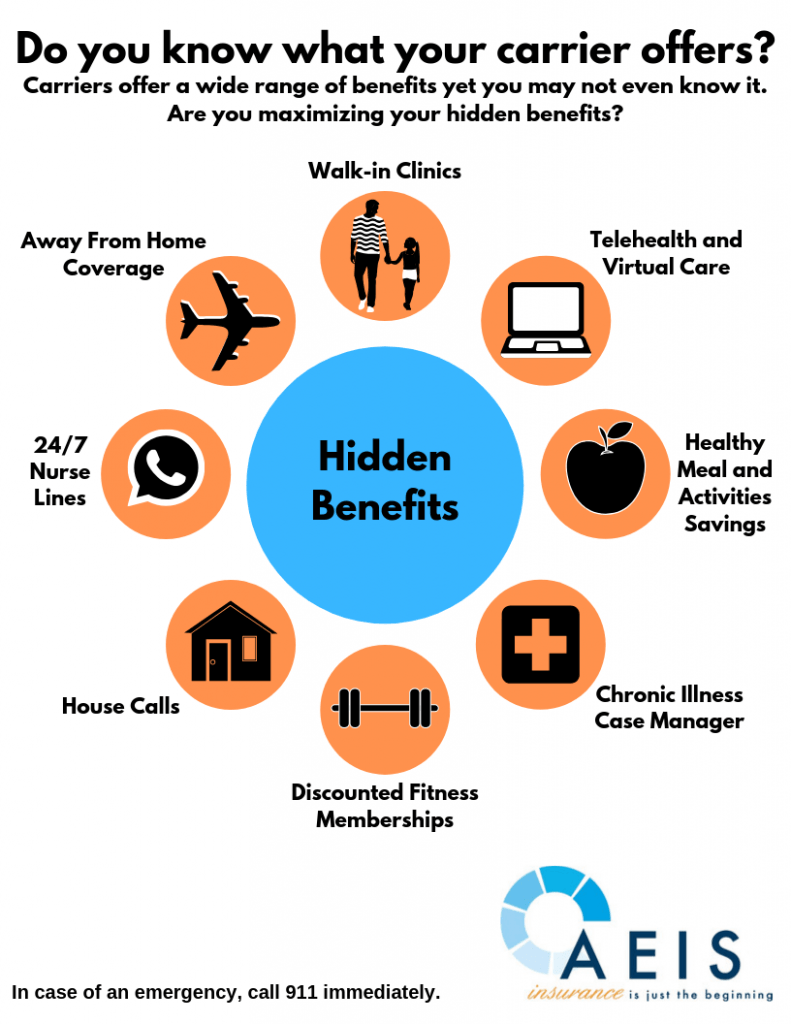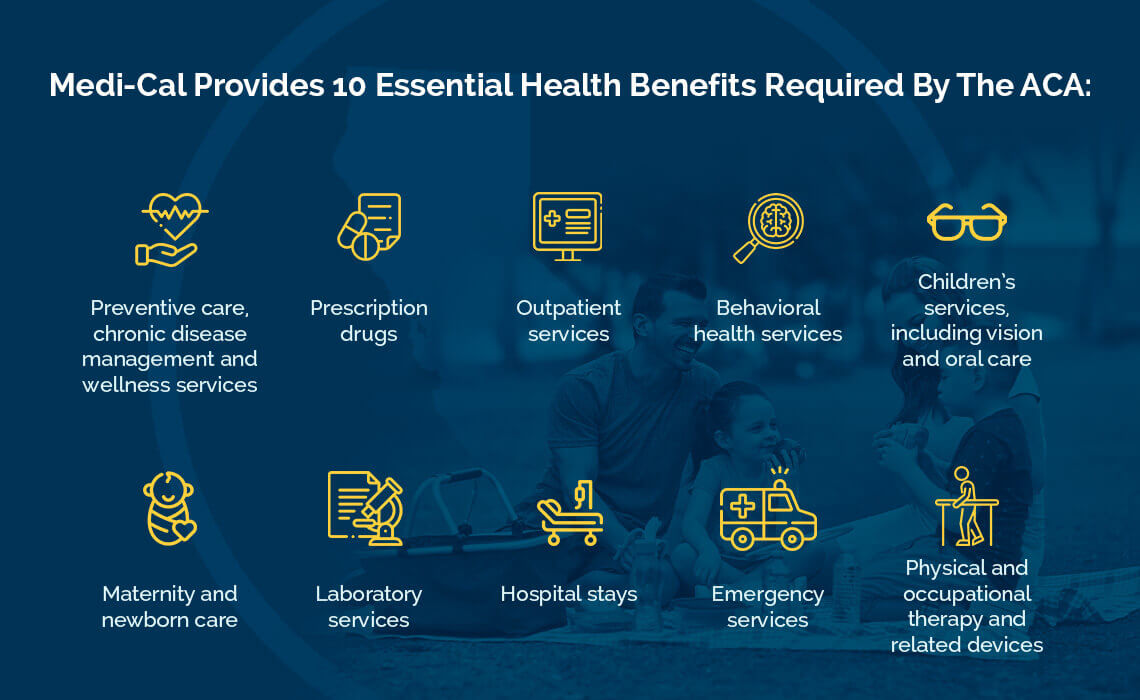The 20-Second Trick For Medicare Advantage Agent
The 20-Second Trick For Medicare Advantage Agent
Blog Article
Medicare Advantage Agent Can Be Fun For Everyone
Table of ContentsAbout Medicare Advantage AgentAn Unbiased View of Medicare Advantage AgentGetting The Medicare Advantage Agent To Work

adheres to from perplexing the fairly young age account of the uninsured with the much better health and wellness, typically, of younger individuals. This obscures the link in between health status and wellness insurance. For those without accessibility to workplace medical insurance, bad wellness is a potential barrier to acquiring nongroup coverage since such coverage may be very priced, omit preexisting conditions, or be simply not available. The number of uninsured Americans is not especially big and has not transformed over the last few years. Seven out of 10 participants in an across the country representative study thought that less Americans did not have medical insurance than in fact do(Fronstin, 1998). Approximately half(47 percent )believed that the number of individuals without medical insurance reduced or stayed continuous over the last half of the last decade(Blendon et al., 1999). This drop of almost 2 million in the number of individuals 'without insurance policy (a decrease
of about 4 percent)is certainly a favorable modification. With a softer economic climate in 2000 the latest reported gains in insurance protection may not proceed(Fronstin, 2001 ). The decrease in the number of uninsured will not continue if the economy continues to be slow-moving and health and wellness care expenses continue to surpass rising cost of living. This is since the information were accumulated for a period of solid financial efficiency. Of the estimated 42 million individuals who were uninsured, almost concerning 420,000(about 1 percent)were under 65 years old, the age at which most Americans end up being eligible for Medicare; 32 million were grownups between ages 18 and 65, around 19 percent of all adults in this age; and 10 million were kids under 18 years old, regarding 13.9 percent of all youngsters (Mills, 2000). These estimates of the number of persons without insurance are created from the yearly March Supplement to the Existing Populace Survey (CPS), conducted by the Demographics Bureau. Unless or else noted, nationwide estimates of people without wellness insurance policy and proportions of the population with various type of protection are based upon the CPS, the most widely used resource of quotes of insurance policy protection and uninsurance rates. These surveys and the price quotes they produce are defined briefly in Table B. 1 in Appendix B - Medicare Advantage Agent. These studies differ in size and tasting techniques, the concerns that are inquired about insurance
The Single Strategy To Use For Medicare Advantage Agent
coverage, and the moment duration over which insurance coverage or uninsurance is gauged(Lewis et al., 1998, Fronstin, 2000a ). Still, the CPS is specifically valuable due to the fact that it creates annual quotes relatively rapidly, reporting the previous year's insurance policy protection approximates each September, and because it is the basis for a constant set of estimates for greater than two decades, enabling analysis of patterns in protection over time.

Some Ideas on Medicare Advantage Agent You Should Know
Over a three-year duration starting early in 1993, 72 million people, 29 percent of the united state populace, were without insurance coverage for a minimum of one month. Within a solitary year(1994), 53 million people experienced at the very least a month without coverage(Bennefield, 1998a). Six out of every 10 uninsured grownups are themselves used. Functioning does enhance the likelihood that one and one's household members will certainly have insurance coverage, it is not an assurance. Even members of family members with two full time breadwinner have nearly a one-in-ten chance of being uninsured (9.1 percent uninsured rate)(Hoffman and Pohl, 2000 ). The partnership in between health and wellness insurance and accessibility to care is well established, as recorded later in this phase. The connection between health and wellness insurance policy and health results is neither direct nor basic, a considerable scientific and health and wellness solutions research literature links wellness insurance coverage
to improved enhanced accessibility care, better much betterTop quality and improved enhanced individual population populace statusCondition For example, the 2nd report, on individual health and wellness outcomes for without insurance adults, is stood for by the inner circle of the figure, while the 3rd record, on family health, encompasses the topics of the 2nd record yet emphasizes a different unit of analysis, particularly, the household. The sixth record in the series will present information regarding strategies and efforts carried out locally, statewide, or across the country to resolve the lack of insurance and its unfavorable influences. Levels of evaluation for taking a look at the impacts of uninsurance. This conversation of medical insurance coverage concentrates largely on the U.S. populace under age 65 since essentially all Americans 65 and older have Medicare or various other public protection.
Moreover, it focuses specifically on those without any kind of health and wellness insurance for any length of visit time. The issues dealt with by the underinsured remain in some aspects similar to those faced by the without insurance, although they are usually much less extreme. Uninsurance and underinsurance, nevertheless, involve clearly different plan problems, and the techniques for addressing them may vary. Throughout this study and the 5 records to adhere to, the primary focus gets on persons with no health insurance policy and hence no help in paying for health and wellness care beyond what is available through charity and safety web organizations. Medical insurance is an effective variable influencing receipt of care since both people and physicians react to the out-of-pocket cost of services. Health and wellness insurance coverage, however, is neither needed neither sufficient to get to medical services. The independent and straight impact of health and wellness
insurance insurance policy protection access to health wellness is well established. Others will certainly get the healthcare they need also without health insurance, by spending for it expense or seeking it from providers that provide treatment cost-free or at extremely subsidized prices. For still others, medical insurance alone does not ensure receipt of treatment because of various other nonfinancial obstacles, such as an absence of health and wellness treatment suppliers in their neighborhood, limited accessibility to transportation, illiteracy, or linguistic and cultural distinctions. Official research regarding without insurance populaces in the USA dates to the late 1920s and early 1930s when the Board on the Price of Treatment generated a series of records about financing doctor office check outs and hospitalizations. This concern came to be salient as the varieties of clinically indigent climbed up throughout the Great Depression. Empirical research studies regularly support the web link in between access to care and boosted health results(Bindman et al., 1995; Starfield, 1995 ). Having a normal source of treatment can be taken into consideration a predictor of gain access to, instead than a straight measure of it, when wellness end results are themselves used as access indicators. This expansion of the concept of gain access to measurement was made by the IOM Board on Monitoring Access to Personal Healthcare Provider(Millman, 1993, view it p. Whether or not parents are insured appears to impact whether or not their youngsters receive treatment in addition to just how much careeven if the kids themselves have protection(Hanson, 1998). The wellness of parents can impact their capacity to care for their youngsters and the level of family members stress. Bothering with their children's accessibility to care is itself a resource of stress and anxiety for parents. Three chapters adhere to in this record. Phase 2 offers an overview of exactly how employment-based health insurance, public programs and private insurance coverage run and engage to supply extensive but incomplete coverage of the U.S. populace. This consists of a testimonial of historic fads and public plans affecting both public and personal insurance coverage, a conversation of the communications amongst the various types of insurance policy, and an assessment of why individuals relocate from one program to one more or finish up

Report this page